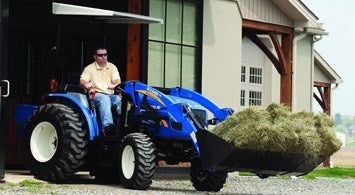
There was a time when manufacturers offered a basic tractor, likely with a gear transmission, clutch-driven power take-off (PTO), R1 (Ag) tires, and not much else. If a prospective purchaser wanted more, they would just check off options on the order sheet to get what they wanted. Today, the ordering scheme has changed, with economy or value models, mid-spec models, and premium or deluxe offerings all available. Further blurring the landscape is the packaging of more deluxe features into some of the more basic models. So what features and options should you be considering on a new tractor? Read on to learn more.
Engines
Generally, the selection of tractor power will be the engine output required for the given task(s) to be done. If a 30 PTO horsepower tractor isn’t powerful enough to handle that rotary cutter, especially in the thick stuff, model up to a 35 or 40 PTO machine. But EPA emission Final Tier 4 (FT4) requirements have created sub-categories with horsepower dialed down to slip under EPA thresholds. This has occurred on tractors as small as lawn and garden models right up to high horsepower row-crop tractors, generally right at the cutoff for one horsepower class to another.
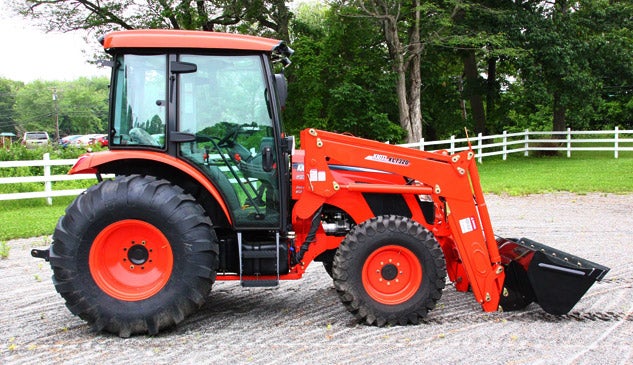
For example, 11-25 (8-19 kW) horsepower tractors are allowed 6.6 g/kWh of CO (carbon monoxide), 7.5 g/kWh of NMHC + NOx (nonmethane hydrocarbons + nitrogen oxides), and 0.4 g/kWh of PM (particulate matter). Beginning in 2013 the standards for 25-50 (19-37 kW) horsepower tractors tightened to 5.5 g/kWh of CO, 7.5 g/kWh of NMHC+NOx, and 0.3 g/kWh of PM.
To keep cost and complexity down for the end user, many manufacturers took advantage of these thresholds and started offering 24-horsepower tractors. Assuming a 24-horsepower tractor will perform as well as a 25-horsepower model, purchasing the slightly lesser powered machine could save the end user significant upfront and down-the-road costs. This holds true at each of the EPA thresholds: 25-50 vs. 50-75, and 75-175 vs. 175-750.
Transmissions
A basic gear transmission is one of the most effective methods of getting that engine power to the ground. Gear transmissions cost less to produce and are simpler to maintain. The more gears available along with speed ranges will increase the number of choices at the speed required for high productivity for a given task. Increasing gears and/or speed ranges increases cost, though the enhanced productivity gains may well offset this.
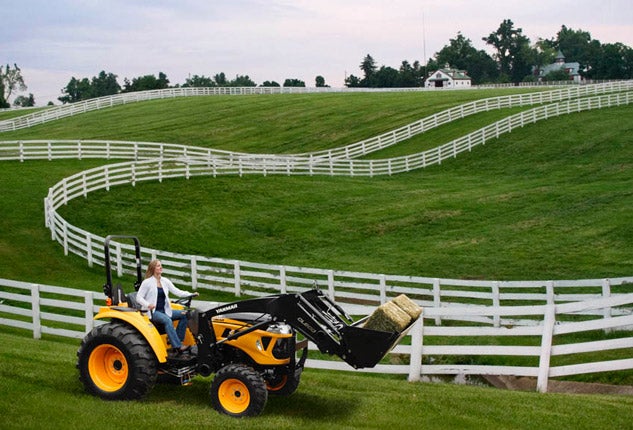
Adding synchronization to the gear changes also increases cost, but being able to shift on the fly can also increase productivity. The same goes for moving up to a mechanical or hydraulic shuttle. If lots of loader work is intended for the tractor, then a shuttle transmission might be desirable. Hydrostatic transmissions also add convenience and are well-suited to repetitive tasks such as loader work. Hydrostatic transmissions cost more and are more complex to maintain. They also rob some power when compared to a comparable gear offering. As with gear transmissions, there may be models with more or less ranges to choose from.
Hydraulics
Hydraulic power not only manifests itself in three-point hitch (3PH) lift capacity, but in flow to rear remotes, power steering and implements such as a loader or backhoe. Hydraulic flow is measured not only in gallons per minute (gpm) but in pounds per square inch (psi). When comparing systems, one that has the same flow rate (gpm) but at a lesser pressure (psi) will usually correlate to a lesser lift capacity.
.jpg)
Open center hydraulic systems allow demand to be shared, compared to a closed center system that directs a specific flow to a specific circuit. Some systems will use a single pump which is less costly to manufacture but may have some limitations as to output when needed. A twin-pump system (or more) may direct the flow from one pump to a specific demand such as power steering while the second pump would be freed from that requirement and be able to direct its full output to the implement or remote.
A further note on 3PH hitch lift capacity: not all manufacturers test lift capacity at the same point. The standard adopted by the ASAE Power & Machinery Div. Standards Committee in Feb. 1972 and revised and reaffirmed as late as Dec. 1997, measure lift capacity specifically 24” behind the ball ends of the lower link arms when horizontal to the ground. Lift capacity measured at a location such as the ball end or link arm will result in a greater measurement but are not useful for comparison purposes.
PTO
Power take-off horsepower is the power directly available to run an implement. It is always less than the gross horsepower rating of the engine, as driving the tractor diverts power to the transmission and axle drives. Power take-offs can be rear-only, mid-only, rear and mid, or some combination along with a front PTO. PTO speeds can also vary, with 540 RPM being the most common for a North American marketplace rear implement.
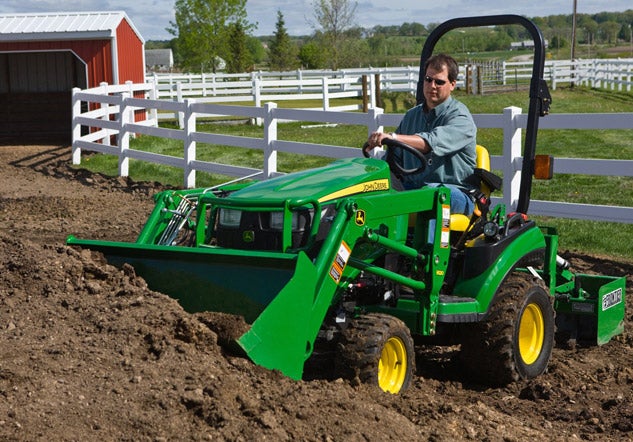
As costs have risen, economy PTO speeds have become more common, allowing an implement to work as intended but at a reduced engine speed. Today it is not uncommon to see designations such as 540/540E or 1000/1000E. For higher horsepower tractors where fuel consumption is a serious factor, these systems can result in significant cost savings. For small to mid-sized tractors, a mid-PTO might be an option, perhaps to power a mid-mount mower or a front broom or snow blower. The most common speed mid-PTO systems operate at is 2000 RPM. Electro-hydraulic actuation is a nice feature that buffers the shock to the implement on start-up and gives positive stop/start functionality.
Three-Point Hitch Control
Control over the 3PH can be as simple as a rockshaft lever relying on guesswork to reposition the hitch after a headland turn or terrain change. This is a commonly used system for three-point hitch equipped lawn and garden and entry-level subcompact tractors. And while this type of control relies heavily on operator skill along with some fuss, it can work quite well. A step up is position control, where the rockshaft has operator-selectable detents along with a graduated gauge. Position control allows an implement to be returned to the same position time after time.
Buying a Tractor: New vs. Used
Draft control adds an additional layer of control with a sensor, usually built into the top link, tracking the depth of the implement via the load on the tractor engine. When a tractor begins to go up a hill, an implement such as a plow would dig deeper. Draft control would make an adjustment to keep the implement at the same dig depth. Vice versa for when cresting a hill. Draft control can also function during tasks such as tilling when looser or more compacted soil is encountered. A basic rockshaft control costs less than position control, and draft control adds even more cost.
Wrap-Up
There are many factors to consider when purchasing a tractor. Our above focus has been on performance features, not even going into possibilities such as cab vs. open station or mechanical suspension vs. an air-ride seat. A good rule of thumb is to draw a vertical line on a pad and write down on one side “nice to have”, and on the other side, “need to have”. Consider maintenance – do you really want or need that higher horsepower tractor that comes with a more complex emissions control system? Focus in on the core usage and you should end up with just the right tractor, and one that fits the CFO’s budget constraints.
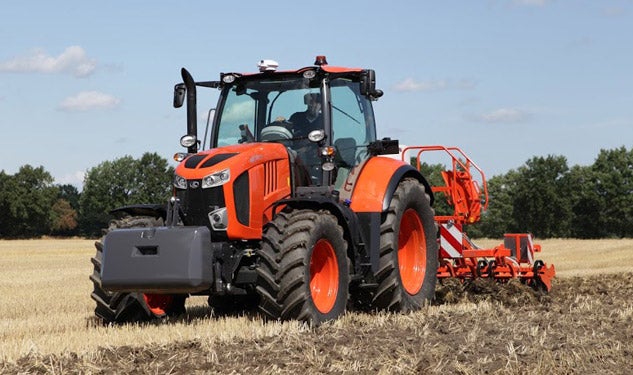
 Your Privacy Choices
Your Privacy Choices